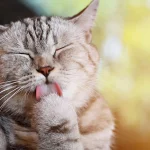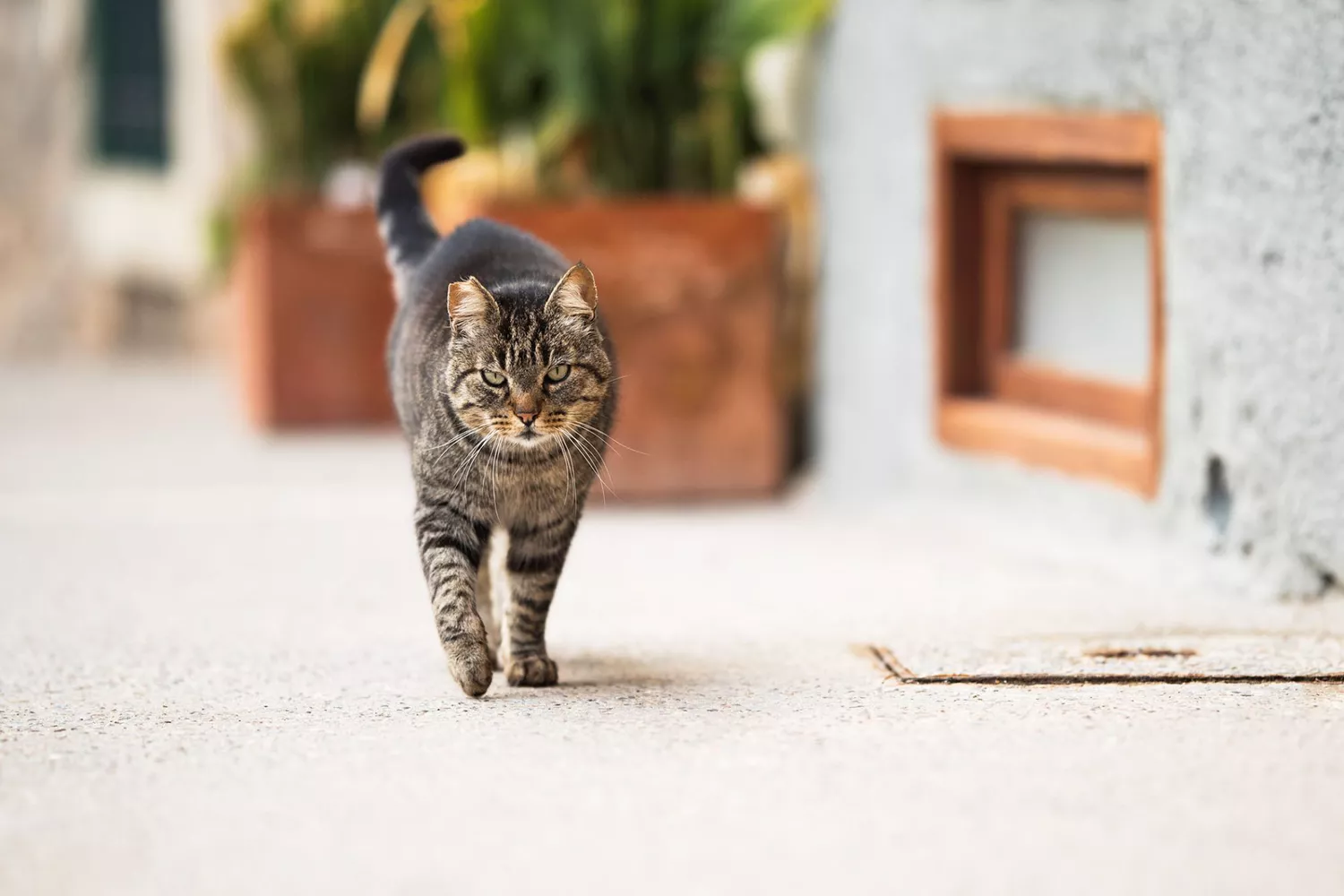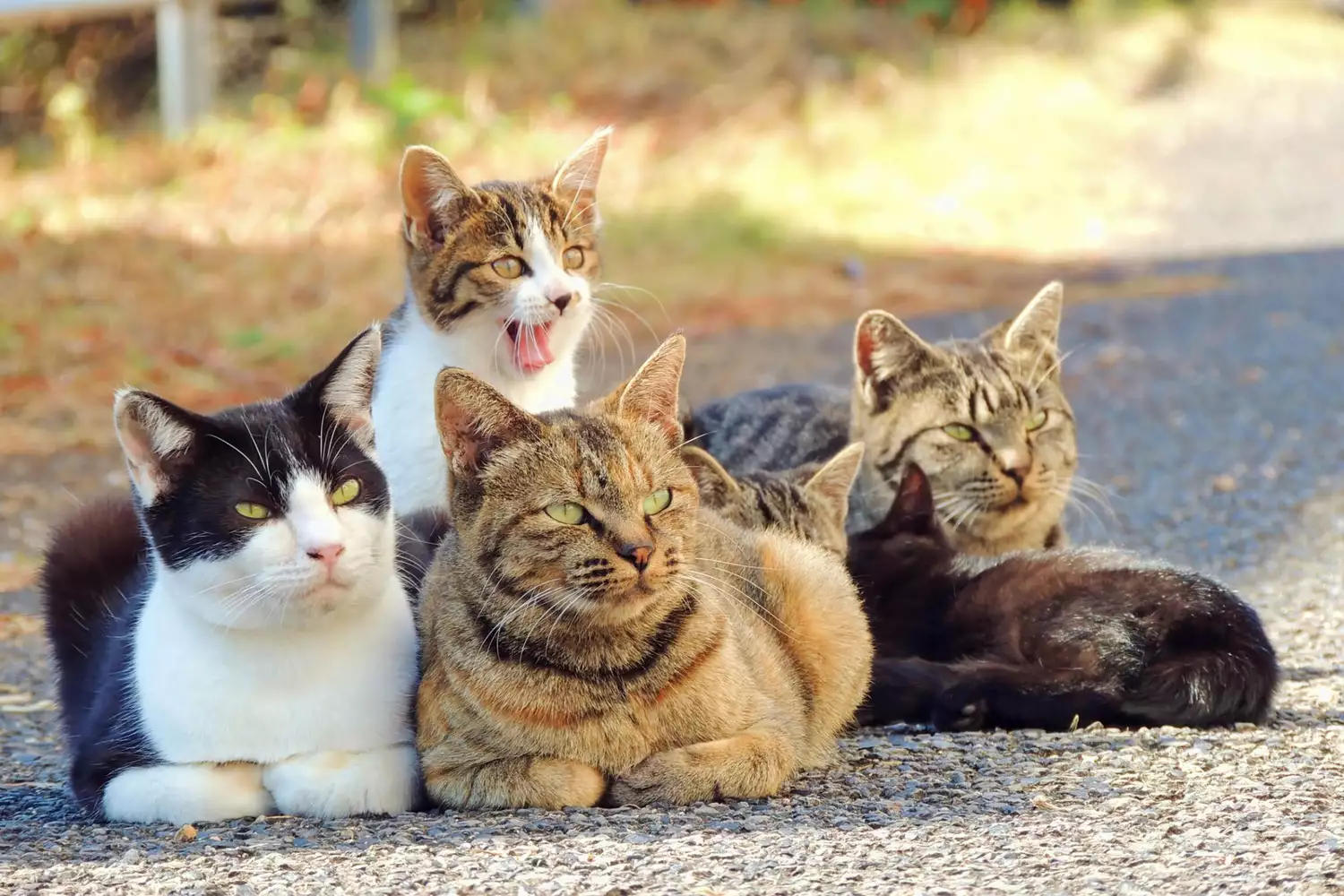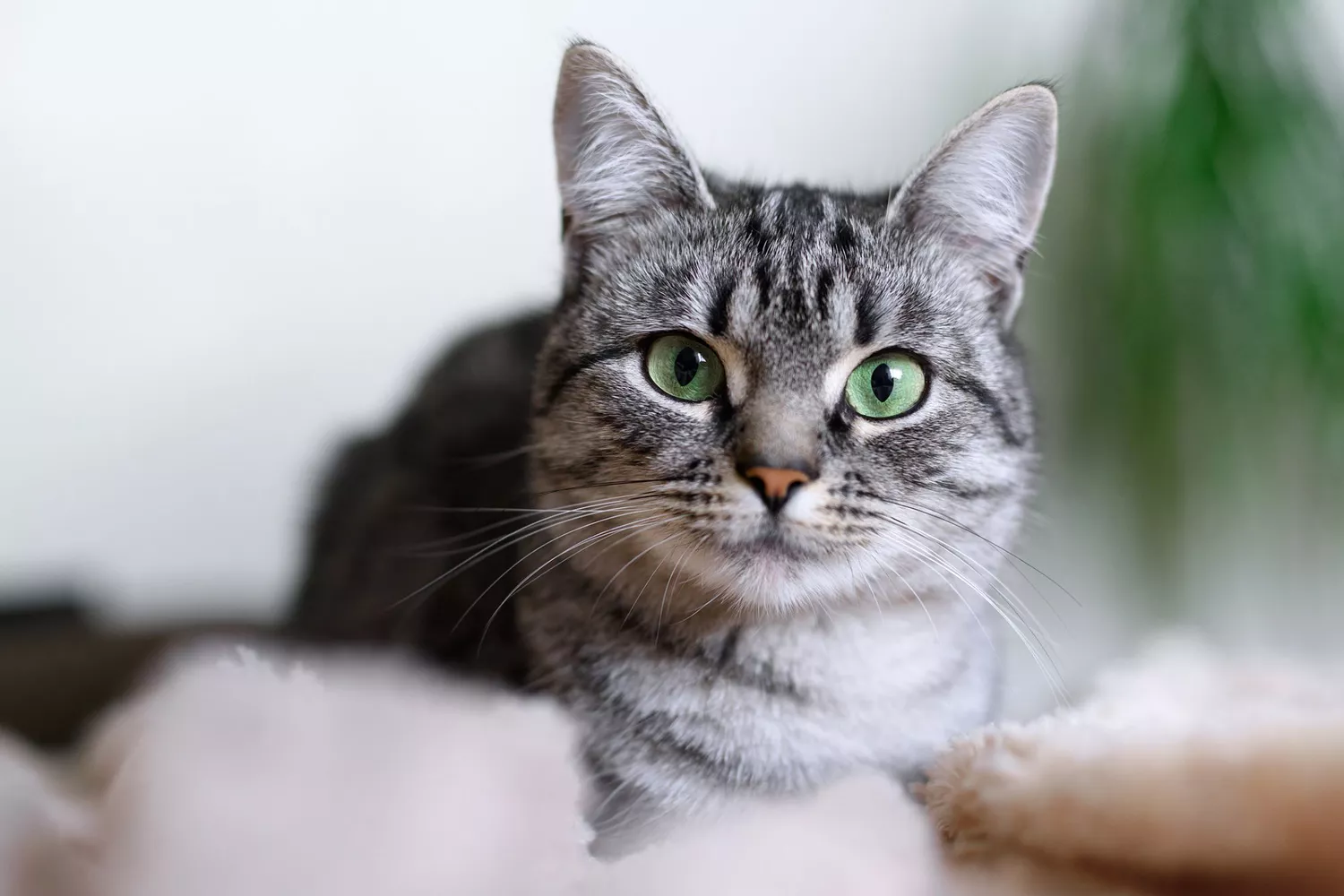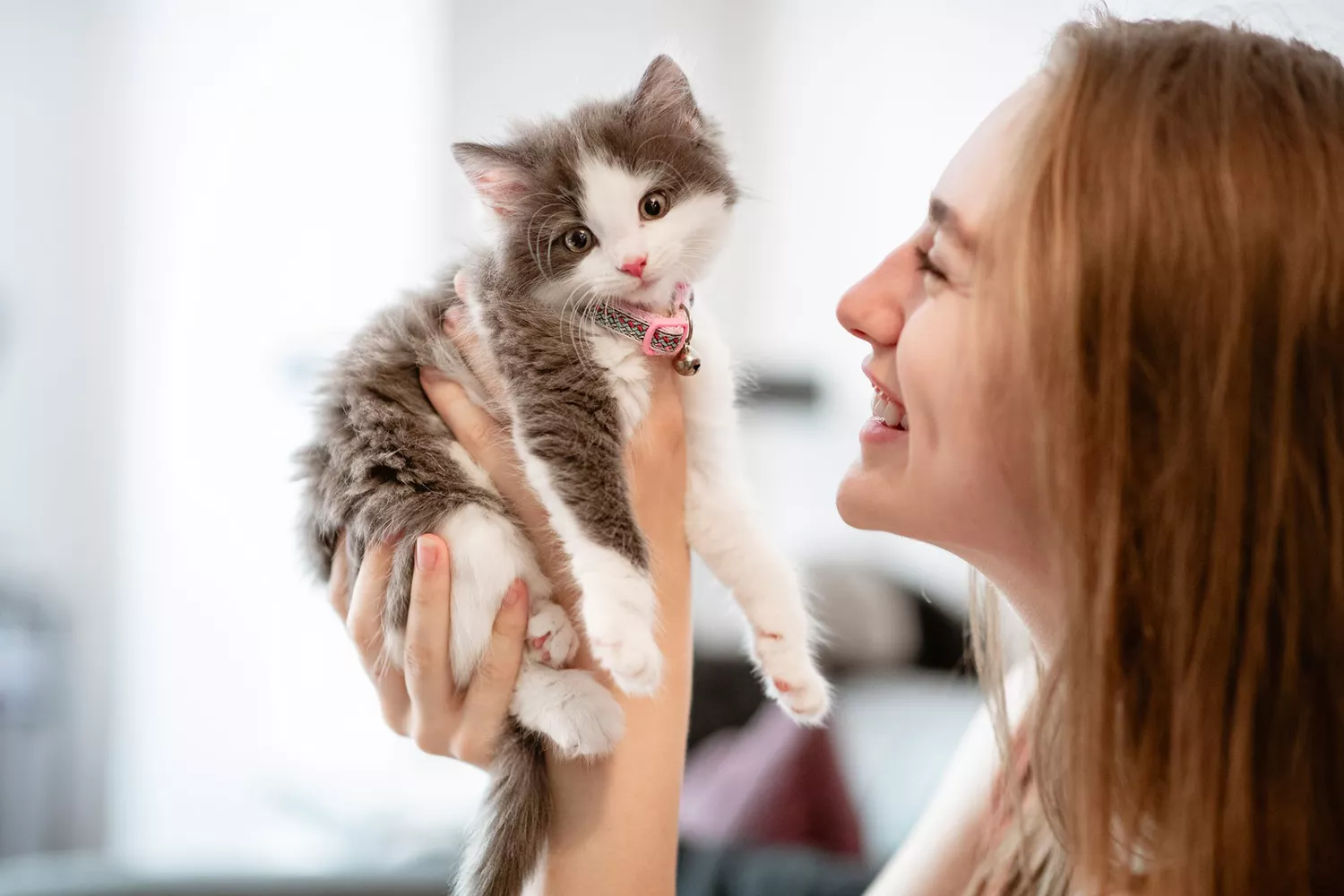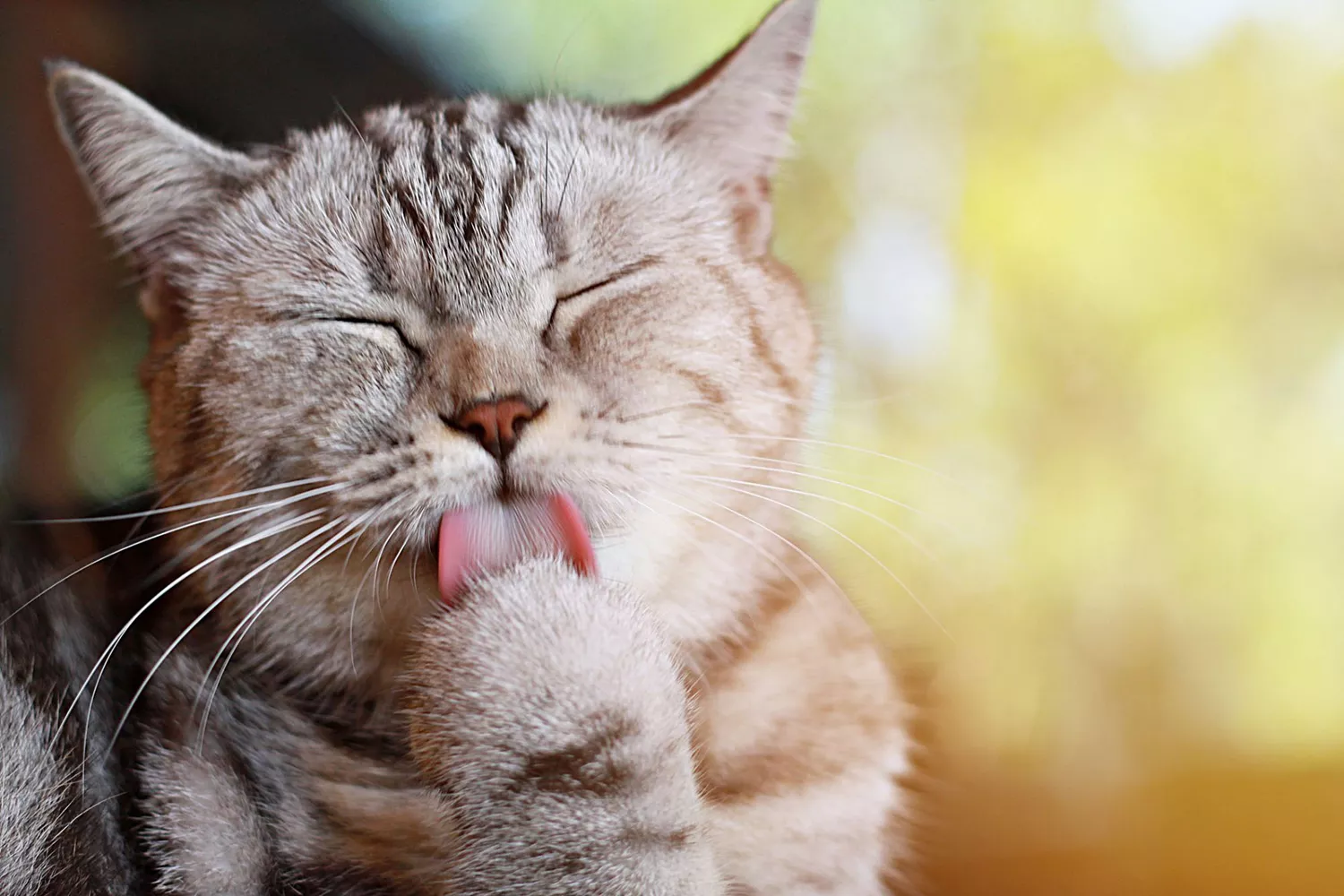
We could find out a lot from cats’ dedication to self-care. From lazy sunbeam naps to getting frisky with catnip toys, they definitely know how to live their best lives. So why do cats lick themselves?
” Cats are fastidious groomers and like to keep themselves clean,” states Tarina L. Anthony, DVM, a long time professional of feline-exclusive medication, and owner and medical director of Aurora Cat Hospital and Hotel in Aurora, Colorado. Let’s take a closer look.
Why Do Cats Lick Themselves So Much?
Around 30 percent of a cat’s day is invested grooming. While this typically occurs after meals or before going to sleep, Anthony says “typical grooming occurs at any time of day, and the amount of time invested with coat care varies considerably.”
Such dedicated attention is why cats rarely require baths. Depending on the type, you also require to groom your cat to keep mats and tangles to a minimum.
Licking likewise assists disperse saliva, which some scientists think is important for self-regulating body temperature level. Because cats just sweat through their paws, saliva evaporating on their fur supplies a cooling effect.
When Cat Licking Isn’t Normal
So on one paw, cats licking themselves a lot seems like common operating treatment. On the other paw, what if it’s not? Anthony says “when the habits occurs more often or for a longer period than for typical coat care,” this is over-grooming.
To comprehend when your cat’s habits seems unusual, Anthony advises analyzing his body movement.
” Getting to know your feline’s ‘regular’ can help you figure out when things are ‘abnormal’. “I’ve heard cats growl when individuals attempt to interrupt the frantic licking of over-grooming.
She recommends pet moms and dads to look for “barbering” or “fur mowing,” which is when a cat bites at or pulls out hairs in a particular location. If your feline is exceedingly licking, it can likewise cause a color change to their fur, generally leading to a brownish-tint.
Here are some of the main factors cats take part in over-grooming and licking.
Allergic reactions
We typically believe more about individuals being allergic to felines, our feline friends are susceptible to allergic reactions of their own. “Cats establish allergies to pollen, dust, food, and even human dander,” Anthony says. “Instead of watery eyes and sneezing, allergies frequently manifest as over-grooming, often to the point of damaging the surface area layers of the skin.”
Discomfort
Simply as purring is in some cases a self-soothing method for kitties, licking excessive can be as well. Hence, cats may groom a specific area (or even unassociated locations) if they feel uneasy.
” Cats are not able to ‘massage’ locations that are too unpleasant like people do, so licking is their way of addressing the underlying discomfort,” Anthony says. These particular furballs are typically more stoic in their presentations of pain, too, so licking too much may be a sign of something more severe.
Unpleasant conditions often consist of, however aren’t limited to:
Arthritis
Cystitis (bladder inflammation).
Full anal sacs.
Intestinal illness.
Wounds.
Injury.
Parasitic Infections.
While these are more common in outside felines, even indoor kitties are vulnerable to the impacts of opportunistic parasites, such as fleas and ticks. And although termites are typically species-specific, some that impact pets can likewise infect cats, leading to scabies.
Anthony states ectoparasites like these, when not effectively avoided and treated, trigger extreme itching that manifests as licking or perhaps hair-pulling. Skin infections from yeast, ringworm, or germs can also result in an itchy cat.
Dermatitis.
” Overweight felines often have wet dermatitis from stool or urine getting trapped in their fur or skin folds,” Anthony says. “This can trigger the felines to lick and over-groom their paws, tummy, and back due to the fact that they typically can not reach the problem location directly.”.
Feline Hyperaesthesia.
Feline hyperaesthesia is a neurological illness characterized by overreaction to typical stimuli (such as brushing and petting) that can cause cats to end up being very sensitive. The result? Excessive licking or over-grooming. Hyperaesthesia could likewise be one reason that some cats lick themselves after you pet them.
Nevertheless, another possibility is much less of an issue: They view your touch as social interaction and relationship structure, so they lick themselves (and maybe you!) in reaction. This response is typically associated to allogrooming, wherein animals groom each other to construct connection.
Stress and anxiety.
Felines may likewise lick themselves more than usual if they experience anxiety due to stress, lack of social interaction, moving to a brand-new home, or health concerns, among others. Separation stress and anxiety may also result in too much licking.
Anthony warns pet parents to speak with a vet for a full health examination. “Anxiety is an often-cited factor for felines to obsessively lick or groom themselves, but this is truly an uncommon condition that’s over-diagnosed,” she says. “In my experience, a lot of cats identified with ‘psychogenic alopecia’ typically have without treatment allergic reactions or another issue.”.
If there’s factor to think your cat has psychogenic alopecia, Anthony includes that it’s treated, a minimum of in part, with environmental enrichment. “Environmental enrichment is a very important thing for all felines,” she states. “It can assist relieve stress and anxiety and boredom, which are often-cited causes for psychogenic alopecia.”.
Set up time each day for interactive one-on-one time with your furry pal, as toys, games, and training might make all the difference.
Getting to the Root Cause for Cat Licking.
With all these possible contributing elements, it can sometimes be a discouraging procedure to get an appropriate diagnosis– specifically when you’re so concerned about your kitty’s over-grooming. Health conditions such as allergies, for example, involve comprehensive testing and multiple attempts at effective management, typically requiring more intense treatments at certain times of the year (for seasonal allergies) or food modifications (for food-related allergic reactions). Anthony motivates you to be client.
If your cat isn’t improving, it’s alright to look for a 2nd opinion, either with a dermatologist or a feline expert,” she says. “Treatment may be trial and error in some cases, and medications and supplements ought to just be administered under the instructions of a veterinarian.”.


